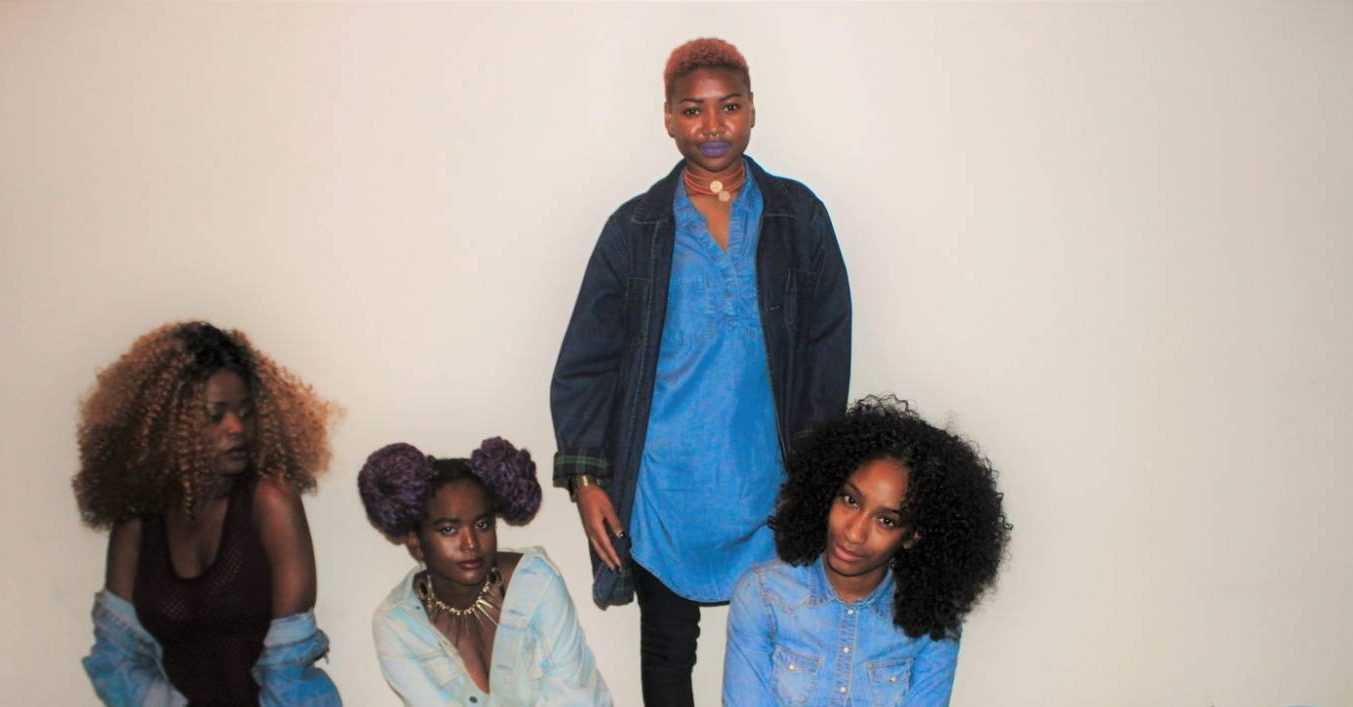BY: JELANI GRANT
When considering the online spaces available to Toronto youth, not many examples can be presented. Especially not social networks designed specifically for young, passionate content creators. By youth, for youth is the message Siya Gwann, founder of Yantics, is pushing for the platform she has created. Yantics is intended for youth to connect online and help one another promote, improve and enjoy their work all in one place.
Gwann, twenty, founded Yantics when she was fifteen, reaching out to her friends and family to develop a hub specifically designated for teens to network and utilize each other’s skills and interests. She said she wants to help young people reach their goals and engage in their personal interests all in one space. A space controlled by people in the same age range so all the content can be relatable to readers.
Honing the fundamental business skills she learned from the youth entrepreneur program, Summer Company, Gwann began collaborating with her friends Jeanette Mambo, Smyrna Wright, and Shanice Williams to create a medium of their own imagination. Designating herself as an introvert, Gwann said she still has a lot to figure out regarding networking, as the rules for effective networking can rapidly change because of the internet.
Gwann began developing the network for young people, exclusively meant to be a space for teens, when they first started. Since its start-up, however, they have expanded the demographic to Torontonians aged thirteen – twenty-six. Though Yantics began growing their network through the people the four girls knew personally, Gwann said she believes the key to their growth will be a larger circle of varying communities with differencing opinions and interests.
Their website is meant to offer everything a young person is looking for in one spot, entertainment and fashion wise. The organization delivers content highlighting young talented musicians, painters and photographers while informing viewers of the positive work being done by youth. Work from Toronto-based artists such as photographer Stefania Dulgheru or singer Asha, rappers Hezi and J-Soul can all be found along with music from PACT, the urban peace program. Additionally, the website publishes lifestyle pieces giving advice on money, personal wellbeing and even the crisis of Flint. The Yantics site is also used to promote the positive works of youth such as Joel Zola’s Street Voices Spring Magazine, Habiba Cooper Diallo’s Women’s Health Organization International or Black Girl’s Magazine. The website provides hours of entertainment while offering varying outlets for self-development.
Gwann said her mother recognized her entrepreneurial drive after she began selling candies at her school. As well, she was active on social networks so her mother encouraged her to create her own platform. “It was annoying at first”, she said. “I felt like I was doing a lot and nothing was happening”.
Despite how she felt at the beginning, Yantics is now growing with young Torontonians offering their work and bringing the organization closer to their goal of becoming a premier, social media space recognized worldwide.
Yantics is planning a networking event in May, where they will highlight the growth of their organization with performances and a fashion show. Talents scheduled to appear include Bay Richards and Mississauga-born hip-hop artist D Hart. A number of events can be found listed on their website, celebrating Black History Month.
Currently, Yantics is looking for content creators, including photographers, models, writers, bloggers or designers. Yantics is active and can be found on any major social media platforms, such as Youtube, Twitter, Facebook and Instagram. Anyone who is trying to promote their work can send them a message or visit the Yantics website.

